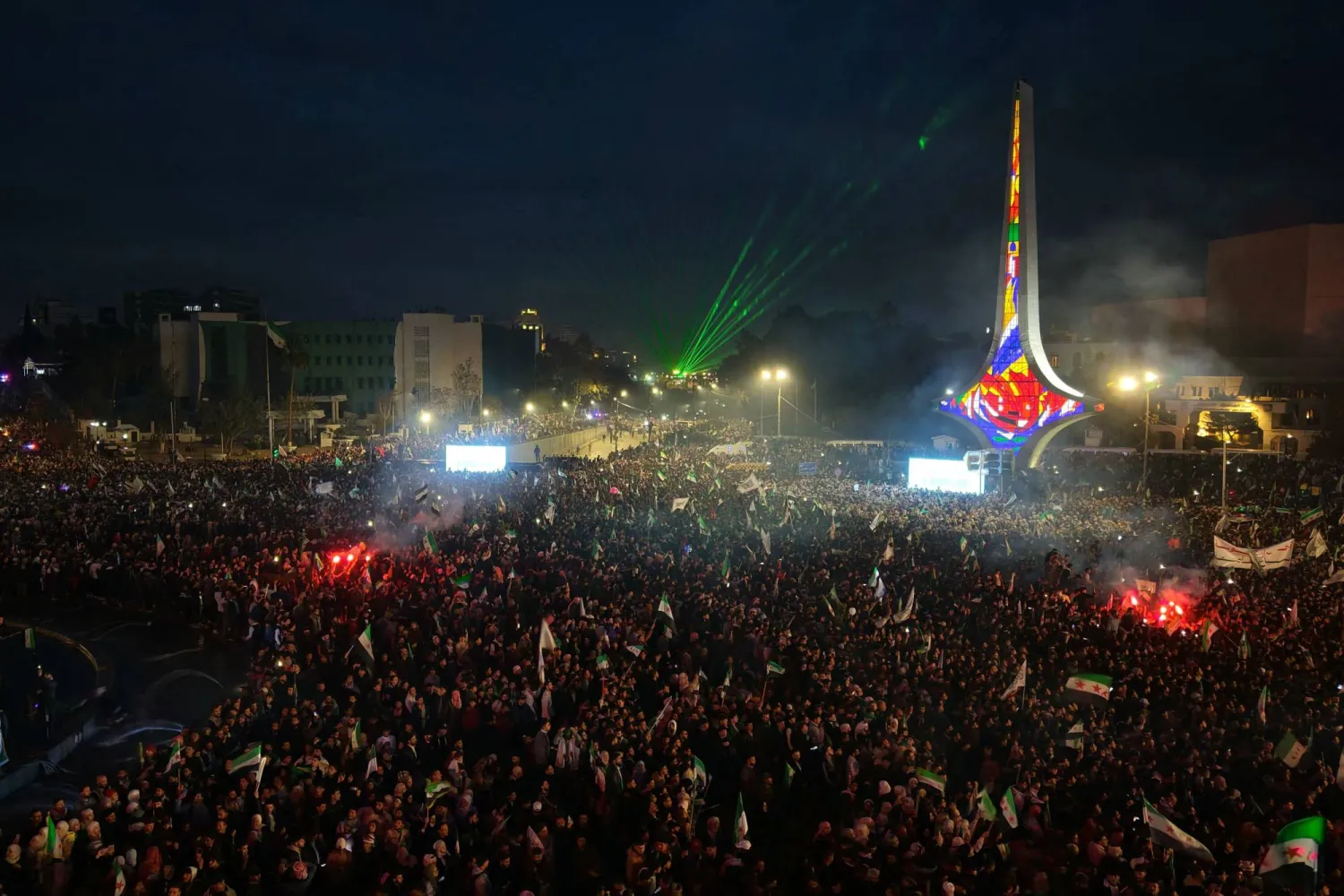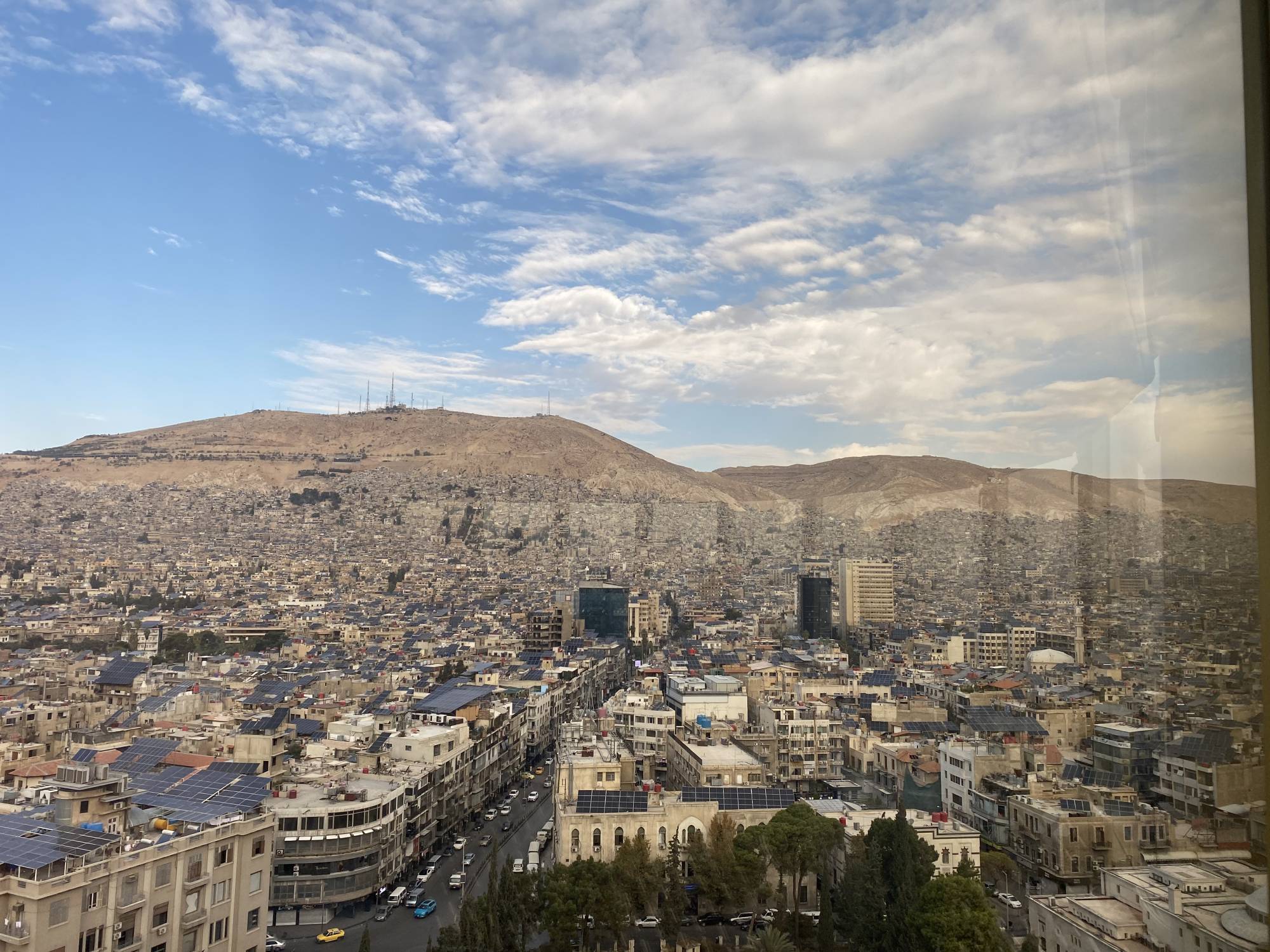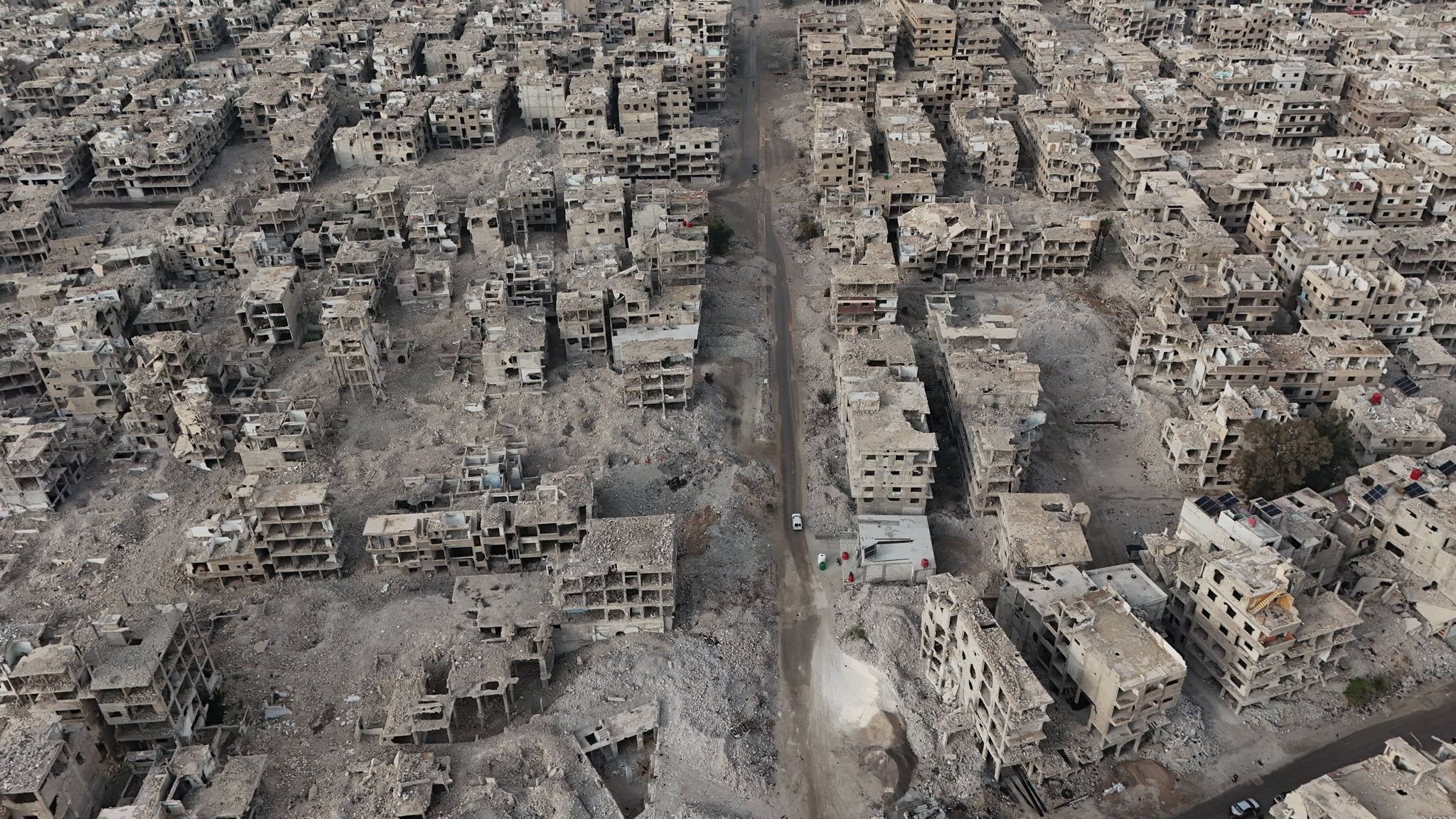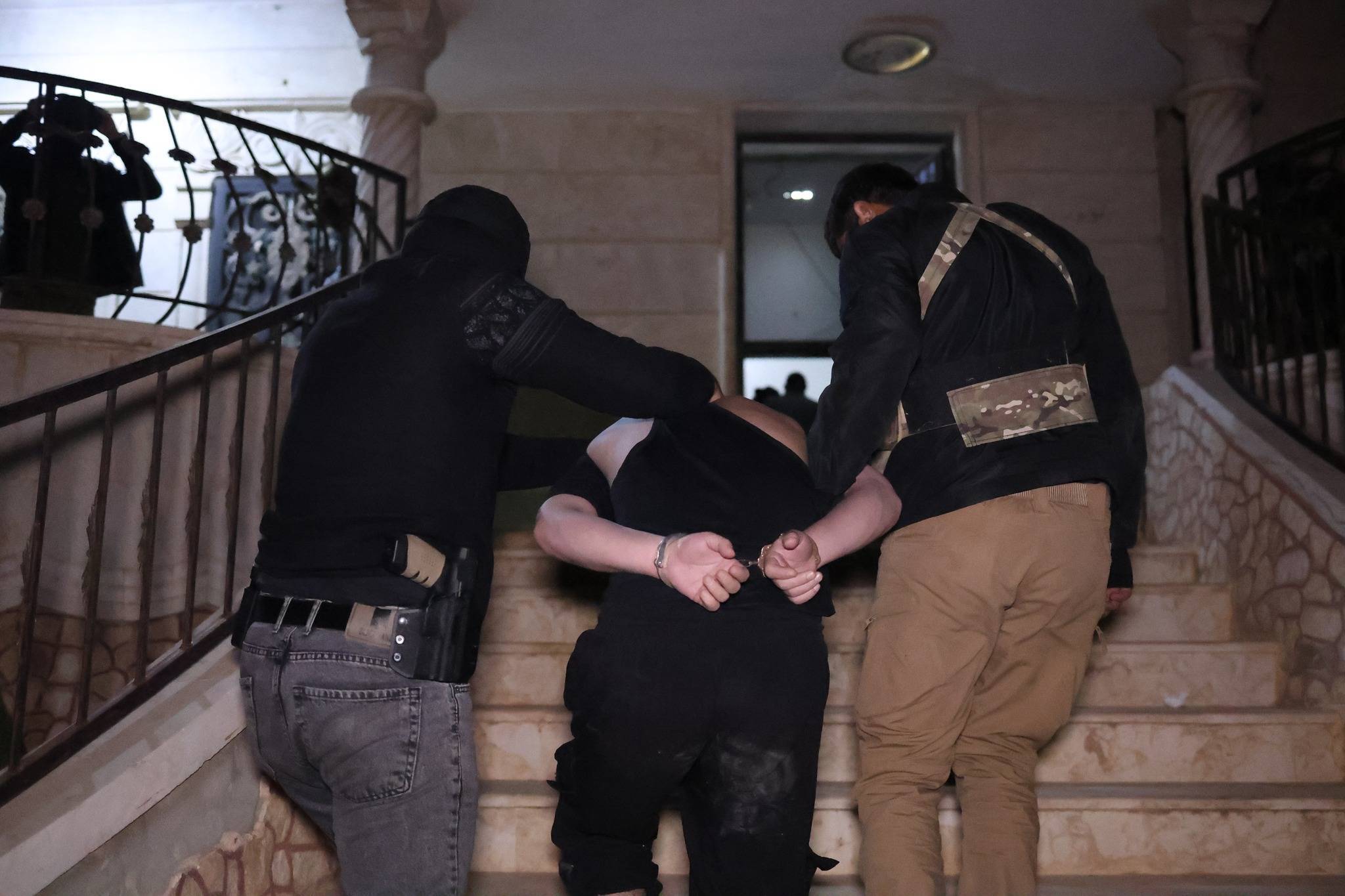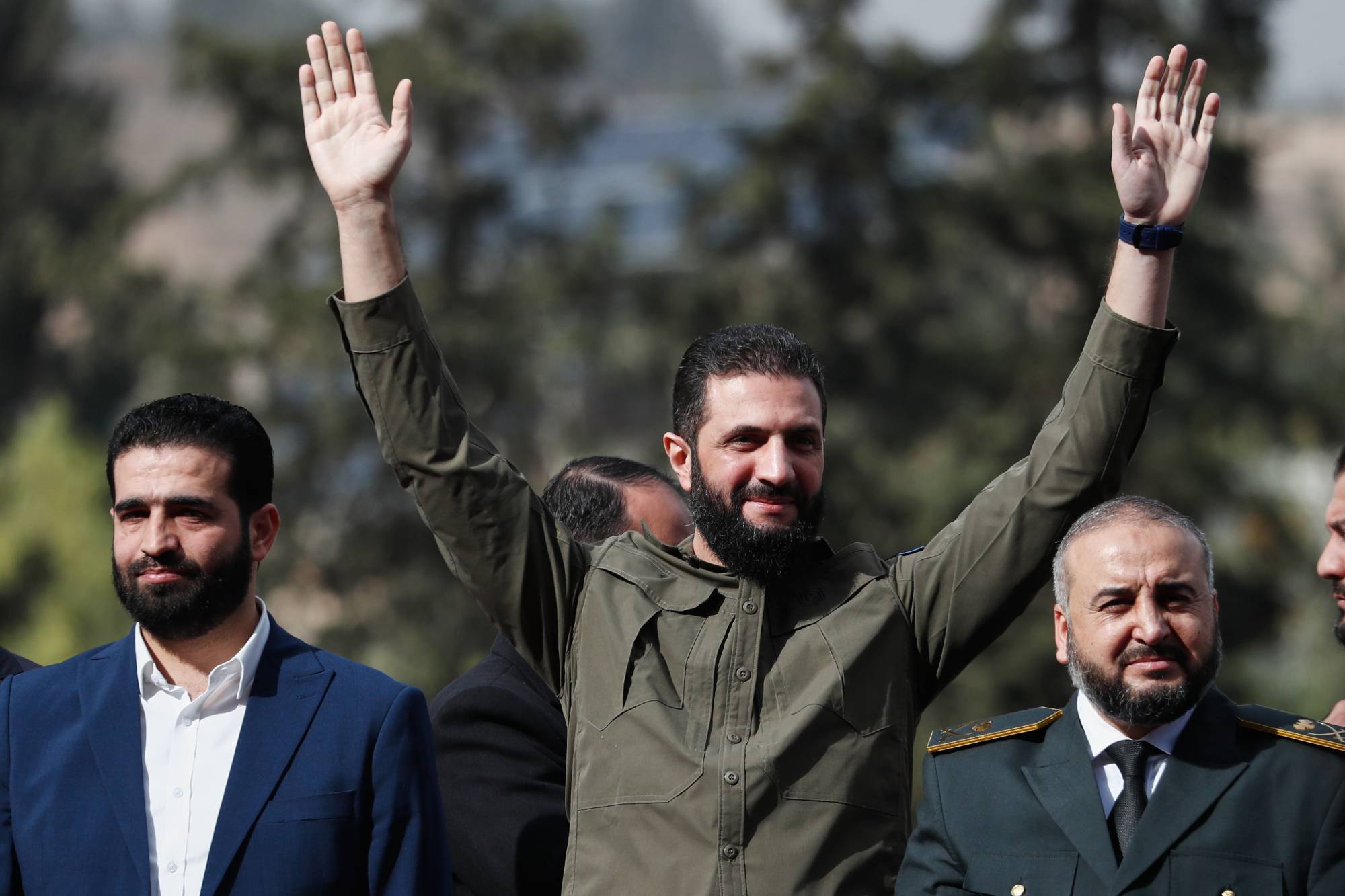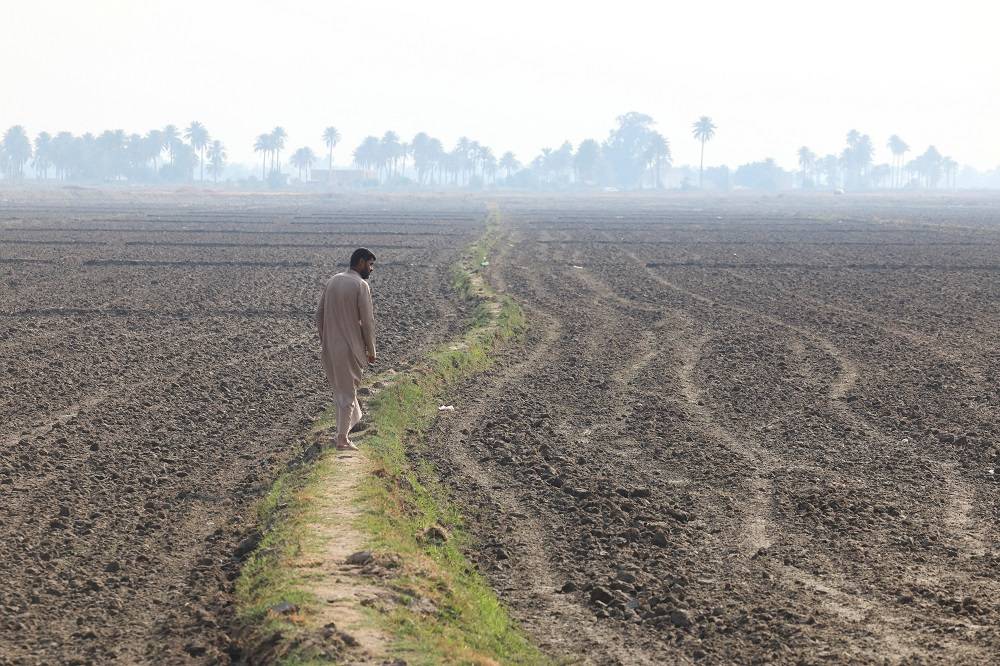In this second episode of excerpts from a book by Libyan author Mojahed Bosify about Libya under the rule of late leader Colonel Moammar al-Gaddafi, Asharq Al-Awsat sheds light on the “years of innocence,” which followed Gaddafi’s assuming power after the Al-Fateh revolution of September 1969. He explains how “national regimes” in the Arab world competed to attract the colonel – a race that was ultimately won by late Egyptian leader Gamal Abdel Nasser.
“Dawlat al-Khayma” (The Tent State) is published by Beirut’s Difaf Publications and will be released at the Cairo Book Fair.
The book recounts that Muhammad Hassanein Heikal returned to his leader Gamal Abdel Nasser with an eloquent description, in which he told him that those who carried out the revolution in Libya were a group of “extremely innocent” youth - in politics and state administration - which was not necessarily a good thing, but rather represented a big problem along the way.
On the first day of their movement, the young officers had dispatched a colleague of their’s to the headquarters of the Egyptian Telecom Company in the city of Benghazi, carrying a telegram to the Egyptian leader bearing the signature of “the free unionist officers.”
They wanted to inform Abdel Nasser of the success of their revolution and their adherence to the national revolutionary line, asking him for support and proposing to send whomever he trusted to help them in the post-revolution phase.
Meanwhile, the Egyptian services had embarked on a massive immediate mission to monitor the developments in the neighboring country. After hours of reluctance, Abdel Nasser decided to respond to the rebels’ telegram, but with a lot of caution and rationality.
He drafted a letter, which included some important advice for the new leadership about dealing with major countries and the security of the leader of the movement and his close companions. Then, he took an additional day to finally decide on putting his reputation at stake and announce siding with the revolution.
At this point, the Egyptian leader summoned the head of Arab affairs of the office of the presidency, Fathi al-Deeb, to formally task him with the process.
The man was known in the Arab security and political circles as Abdel Nasser’s associate, who handled highly sensitive special security missions – operations that are characterized by complexity and overlapping logistical, political and security tasks.
On Sept. 3, Nasser received the man, who was about to head to Libya to support the nascent revolution. He informed him that Heikal would accompany him to “cover” the visit and the meeting with the leaders of the revolution, and that he would return on the same plane “with an urgent report from you.”
Heikal returned quickly with the first report, as required, in addition to impressions that he had about the developments, leaving Deeb to complete the task in the long run.
The race between the “revolutionary” regimes towards Libya began immediately after the coup.
Two days after the arrival of the Cairo mission, a senior Iraqi delegation, headed by the leader of the ruling Baath Party, Lieutenant General Salih Mahdi Ammash, carried out a surprise visit, as their plane suddenly asked the airport authorities for permission to land.
The visit also coincided with the arrival of another delegation sent by Jaafar al-Nimeiri, which proudly presented the “experiences” of the Sudanese revolution to the Libyan council.
However, this prompted a member of the council to remind the delegation that the Sudan revolution preceded the Libyan coup by only three months - a time difference that does not allow boasting about experiences. The atmosphere became tense and the mission almost failed.
Another four days later, Houari Boumediene himself landed at Benghazi to see Deeb at the airport waiting for the Sudanese delegation. During his meeting with Gaddafi and some members of the Revolutionary Command Council, he explicitly asked them to be cautious in dealing with Egypt’s man, Deeb, and to scrutinize every advice that comes from him. His words influenced some of the council officers for some time.
As a result, the relationship with Deeb began to see some tension. The latter informed Abdel Nasser of the matter, who in turn asked him to personally inform Colonel Gaddafi of his desire to leave the country immediately with his team. But following days of discussions, the council members came to Deeb apologizing, and brought with them a long new list of needs requested from Egypt. Thus, Boumediene’s advice only lasted a few days, before things got back to normal.
The winner of this Arab nationalist race over Libya was decided. While the nationalists were exploring Libya in search of some footing, Abdel Nasser had already begun to send full crews, some of them in a leadership capacity, to contribute to redrawing and establishing the needed institutions to protect the Libyan revolution.
Internally, the revolution council met little opposition. As soon as Abdel Nasser’s portraits were raised, everyone accepted the change. The people loved the Arab leader, and did not have time to go into details.
The coup officers, too, behaved with distinctive intelligence, and announced the appointment of the well-reputed colonel, Abdullatif Boushayreb, as Army Chief of Staff. This helped to give a sober national image to the event, as the reputation of the man conveyed a kind of reassurance. In the meantime, a massive security campaign was launched.
The new regime easily took control over the country. Over the days, political and administrative affairs were run by a small group of officers of the Revolutionary Command Council.
This basic chapter in building the Libyan state saw Abdel Nasser take the lead. For a considerable period of years, Libya will represent a miniature example of Egypt, in almost everything, including the flag and the national anthem.
Abdel Nasser’s first concern remained that no new Boumediene would come out in Libya and undermine any arrangements made between the two countries. Pressured by this obsession, he took great care of Gaddafi’s personal security, and made important suggestions in this regard.
When he felt that the time had come to protect his investments in Libya, he sent Muhammad Hassanein Heikal again, carrying a specific vision of the form of the relationship between the two countries.
Although the Egyptian plan was closer to security and political tutelage than to anything else, Abdel Nasser was worried because he threw all his weight to the side of the Libyan revolution, and was not in a position to bet on his reputation.
In that atmosphere, Heikal arrived in Libya, carrying with him a message from the leader. Deeb, in turn, conveyed it directly to Gaddafi, in line with the instructions.
The letter, personally addressed to the colonel, began with a preamble explaining the reasons and benefits of the proposal, which aims to provide assistance in order to protect the young revolution. For this purpose, Abdel Nasser emphasized “prior planning that assesses all possibilities” to deal with dangers coming from outside and from within.
The planning, as the letter says, requires a coordination process at the highest level. The Egyptian leader proposed forming a joint committee to research, study and present proposals, and expressed his desire to hear the colonel’s opinion.
Gaddafi immediately expressed his consent. No sooner had Heikal arrived in Cairo to inform his superior of that approval, than the colonel was on his way to Benghazi to meet with Deeb and ask him for a report about an “assessment of the situation”, the possibilities of a counter-revolution, and the needed measures to confront any enemies. Less than a week later, the report was in the colonel’s hands for execution. Deeb was in fact the shadow man who weaved all the threads.







